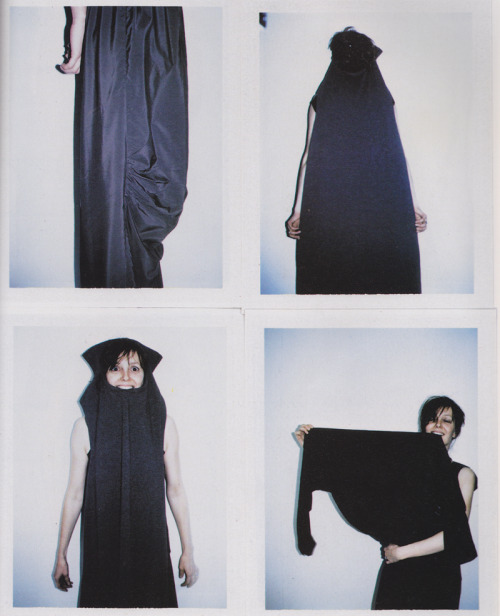 |
| Maison Martin Margiela S/S 1989 |
 |
| Waistcoat made from the cotton of the runway, 1989 |
 |
| Various incarnations of the 'tabi' boot |
 |
| Scan taken from 'Maison Martin Margiela Paris' |
 |
| Just one example of Margiela's simplistic, multi-functional garments |
 |
| Maison Martin Margiela S/S 1989 |
 |
| Waistcoat made from the cotton of the runway, 1989 |
 |
| Various incarnations of the 'tabi' boot |
 |
| Scan taken from 'Maison Martin Margiela Paris' |
 |
| Just one example of Margiela's simplistic, multi-functional garments |
No comments:
Post a Comment